Improving seed collection & propagation of threatened trees in Divo Botanique Reserve, Côte d’Ivoire
-
Country
Côte d’Ivoire -
Region
West Asia -
Programme
BGCI -
Workstream
Sharing Knowledge and Resources -
Topic
Tree Conservation -
Type
Blog -
Source
BGCI
News published: 19 December 2023
As part of a Darwin Initiative Capability & Capacity project, Tooro Botanical Gardens (TBG) from Uganda, travelled to the Côte d’Ivoire to train local botanical institutes in seed collection and propagation best practice. The project aims to improve the ability of local institutes, including the project leaders CIFOR-ICRAF, and communities around the 6,800 hectare Reserve Botanique De Divo, to use a wide array of indigenous, particularly threatened, trees in reserve restoration in the future.
Forest inventory
An initial inventory in August, led by Yao Konan from the Centre National de Floristique, helped to understand the degradation in the reserve – a shocking 65% of forests degraded and remaining forests just 1-2 hectares big. It also confirmed that plantations for cocoa, rubber and oil palms have replaced much. But importantly, individuals of 17 globally threatened trees were discovered and mapped, showing that this reserve is still vital for the conservation of threatened plants.
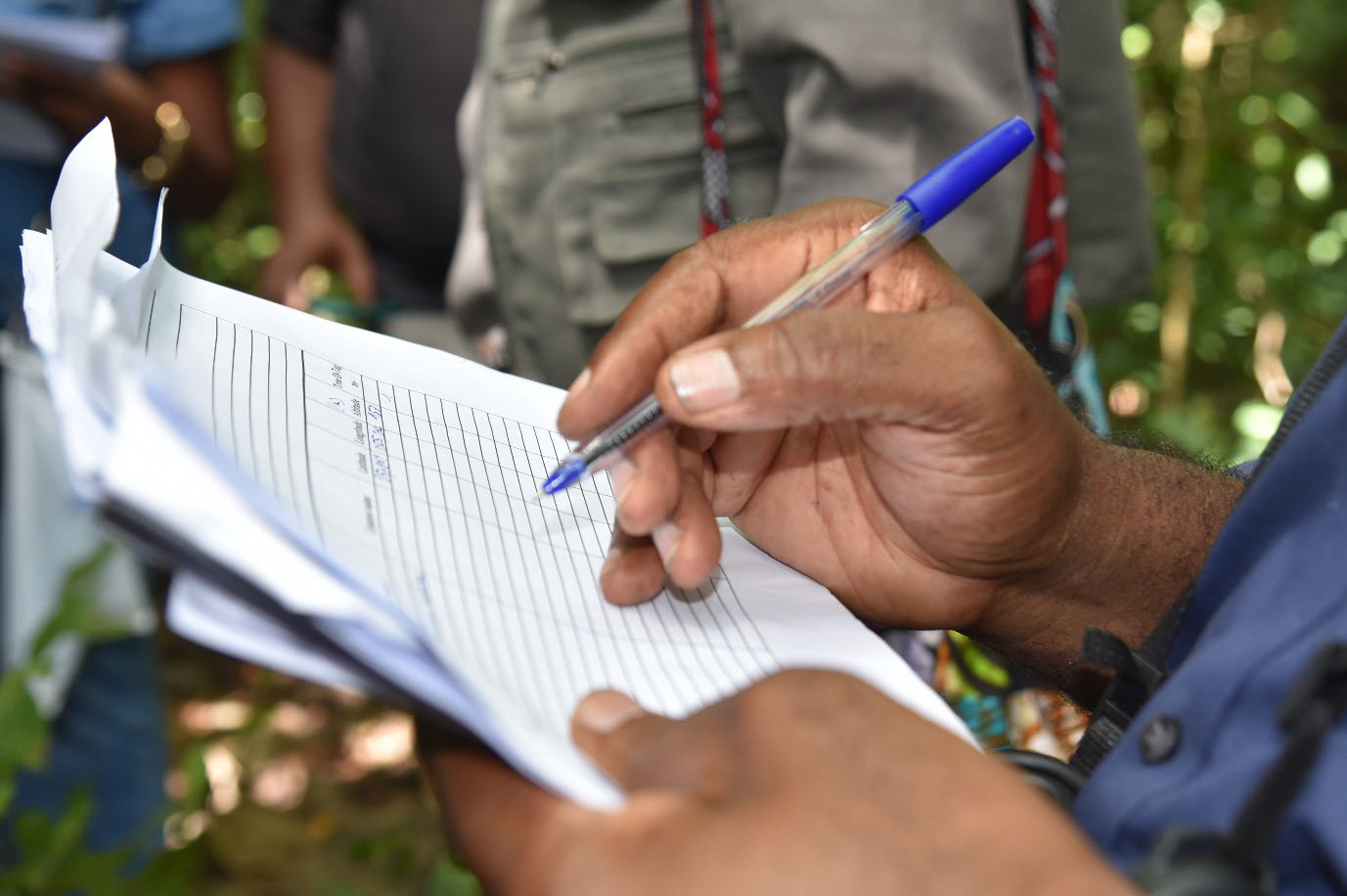
And that is where Mutegeki Alislam Said Musa (Said) and Walaita Sebastian Javan (Sebastian), from TBG came in. To ensure the threatened plants are conserved and included in restoration strategies, they travelled in November 2023 to share with local botanical institutes best practices in seed collection and propagation, paying particular atention to ensuring genetic diversity is captured and environmental data recorded so that plants can be put back into the best places for their survival.
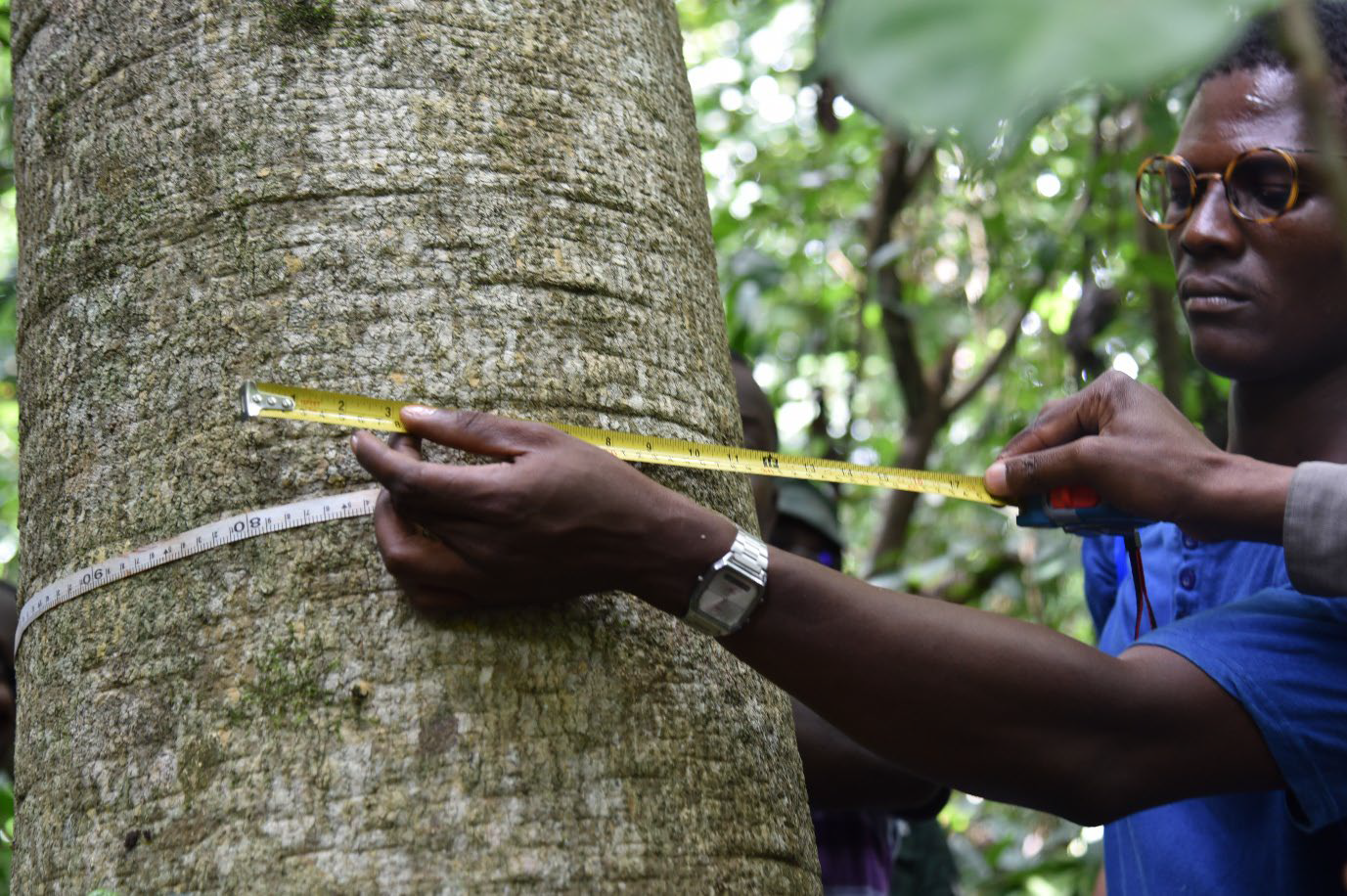
Mapping, monitoring and collecting seeds
The training took place in Divo with practical sessions in the reserve and at a local plant nursery. Whilst there were some native plants in the nursery, Sebastian noted that the “nursery had very few indigenous species” showing a need to improve the availability of native plants for use in future restoration. The team noticed that seed collection practitioners do not consider the number of mother trees they collect from and the impacts on genetic diversity. Sebastian felt it important to “improve the seed collectors’ skills in appropriate seed collection methods and techniques especially tree accessibility, seed harvesting, and seed assessment”.
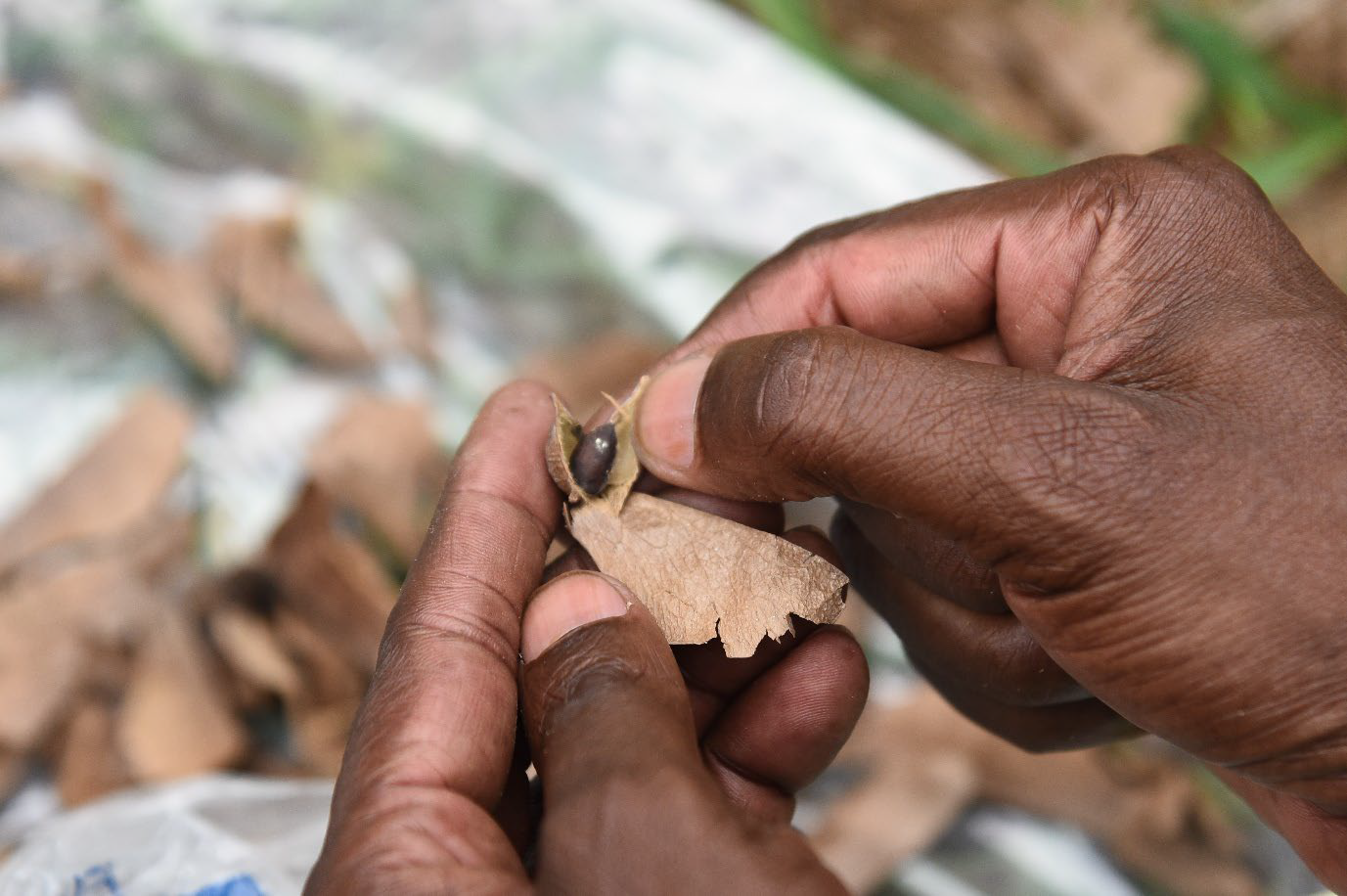
Said and Sebastian ran through best practices for seed collection of threatened tree species, to ensure that genetic diversity is captured well. They showed their method of establishing 100m x 100m plots at random points across the landscape to map individuals of target species found within. Importantly, one mother tree per species is recorded at each plot so that collection from the trees across several plots ensures that the genetic diversity of collections is improved – avoiding collecting from individuals that are close by and more likely to be closely related with similar genomes.
Once mapped, individuals can be regularly monitored until seeds are ready for collection as fruits are ripening and getting ready to disperse naturally. Said and Sebastian took the group through how to harvest, collect data and how to handle the seeds correctly, to improve the quality of those seeds collected. It was then everybody moved to the nursery to understand how to propagate and how to set up experimental trials to investigate factors (like the soil or environmental conditions).
Said felt that those trained picked everything up well since they had a “willingness and need to adopt native tree seed sourcing using best practices” Sebastian added that they “welcomed the training and were very inquisitive and patient”. This was backed up in pre and post training assessments in which group improved by 20% points on average.
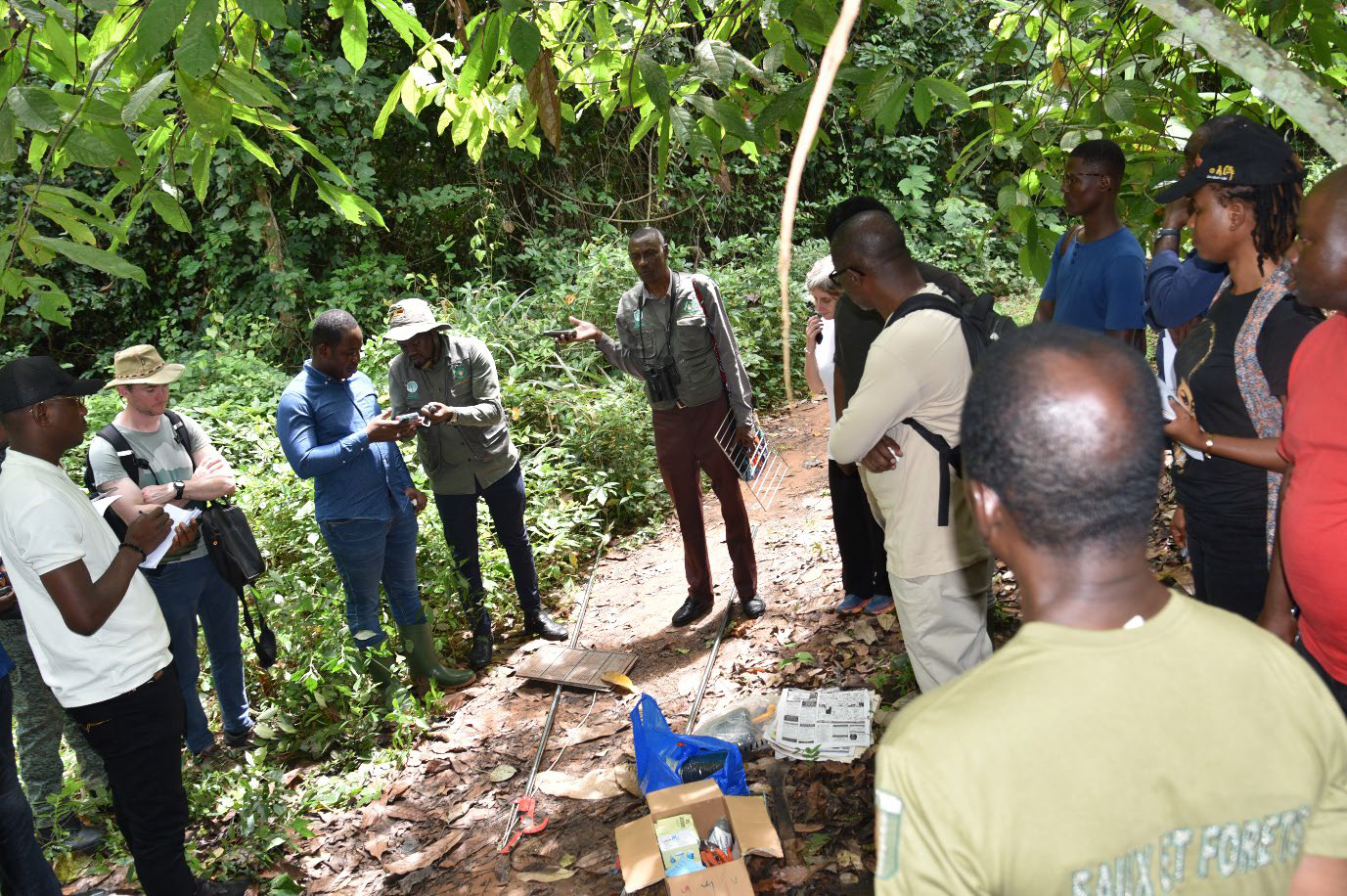
Restoration for the future
But Said and Sebastian also noted areas for further improvements – like tree climbing for making collections. Safety gear can be minimal and whole branches cut down to collect fruits and seeds fallen to the ground. Sebastian noted this is “not good as it threatens the future collection options and the tree’s health”, with Said highlighting the need for “high tree climbing skills, perhaps with the establishment of a network of native tree seed collectors with necessary skills and safety equipment” as they have implemented in Uganda.
Said also thought from what he saw in Divo, that “there is need to regulate the planting of exotic species which are slowly dominating cocoa establishments and some remaining forest patches.” Whilst Sebastian felt “there is need to prioritise species and identify other sources to create national seed source maps so that seed can be collected and catalogued from across their ranges.” This would create a much bigger resource to be available for conservation and restoration work.
Luckily through the connections made between Uganda and Cote d’Ivoire in this workshop, and through future interactions and engagements with BGCI’s Ecological Restoration Alliance of Botanic Gardens and the Global Biodiversity Standard, the challenges can be overcome through more collaboration and shared experiences. A workshop involving all stakeholders around Divo in May to plan and prioritise actions for reserve restoration that will include plans for the 17 threatened trees is the next big step.
As Sebastian concludes, “these alliances can make good advocacy group to push policy reforms that can result into better forest resource regulation in Cote D’Ivoire”.
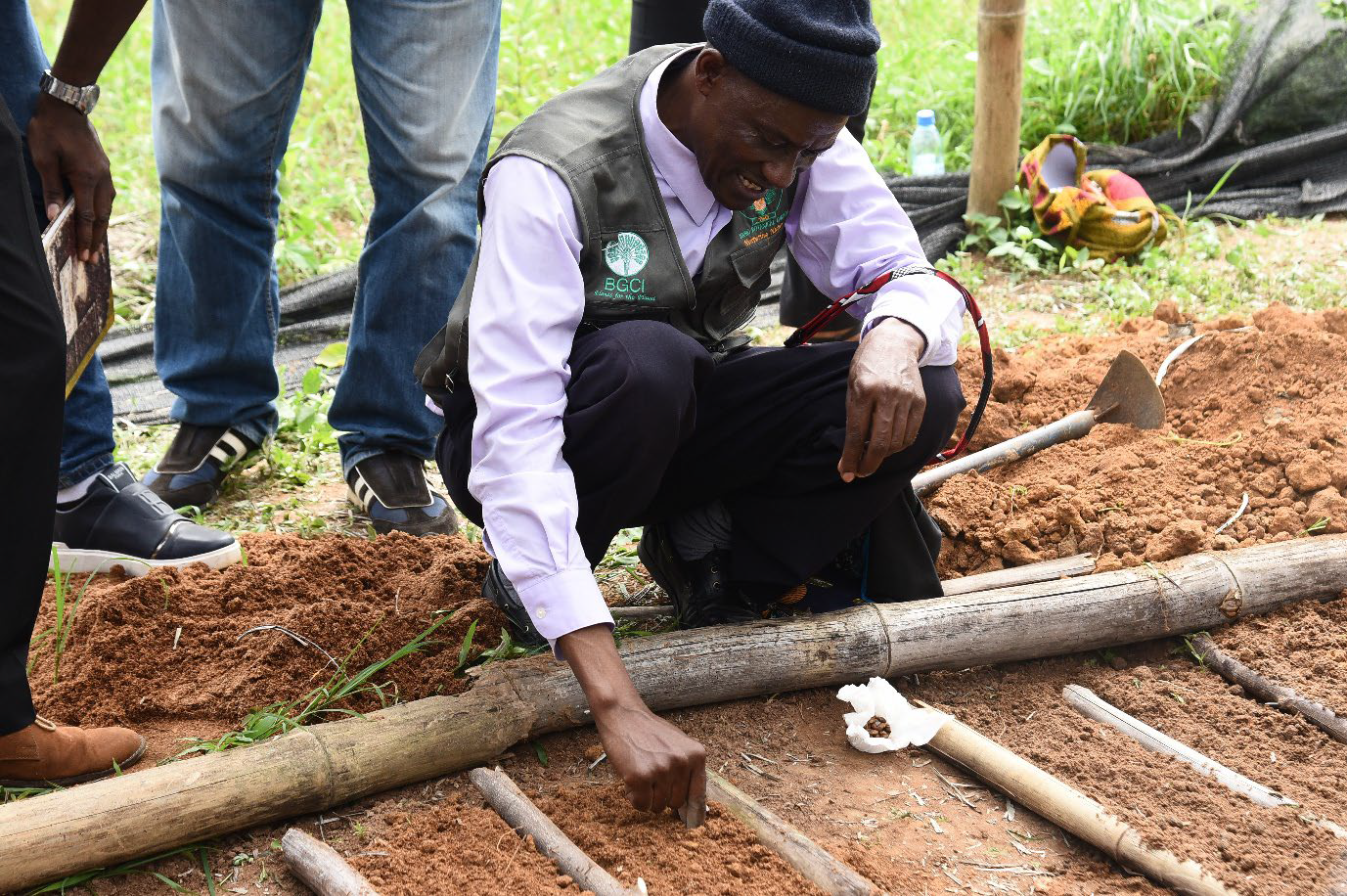
Become a Member
Be part of the largest network of botanic gardens and plant conservation experts in the world by joining BGCI today!
Support BGCI
You can support our plant conservation efforts by sponsoring membership for small botanic gardens, contributing to the Global Botanic Garden Fund, and more!